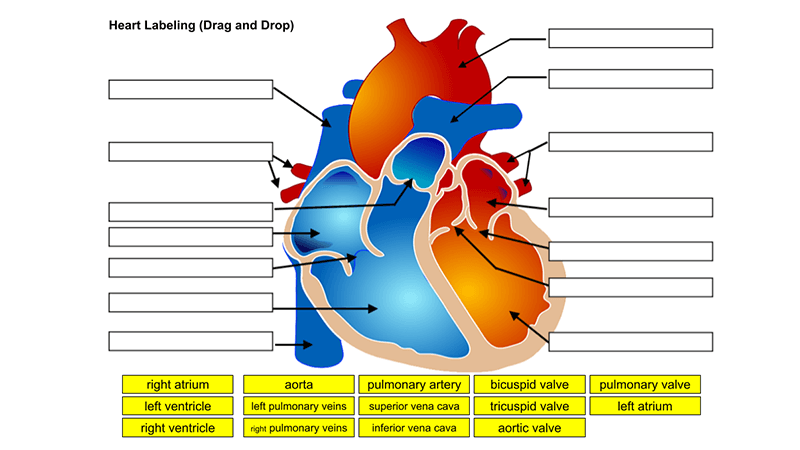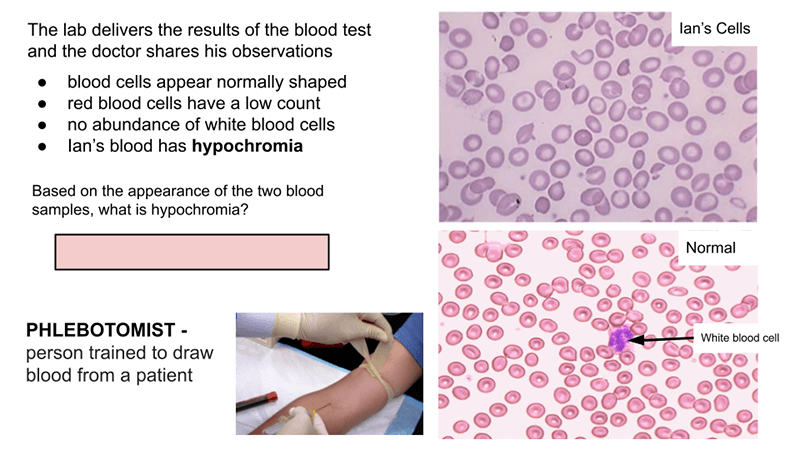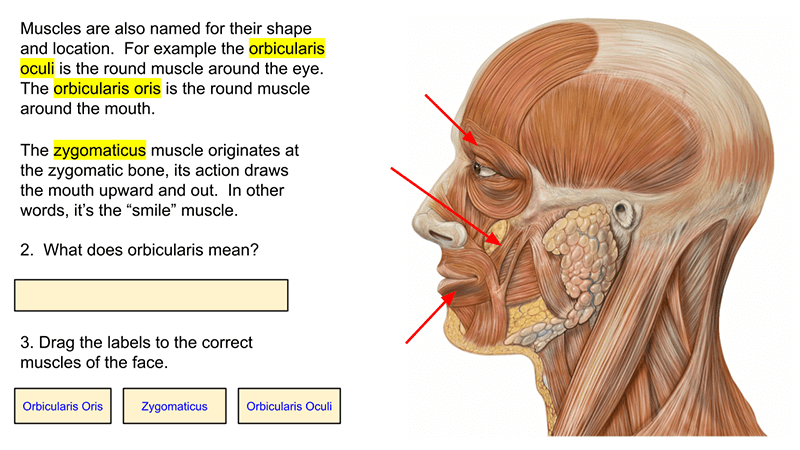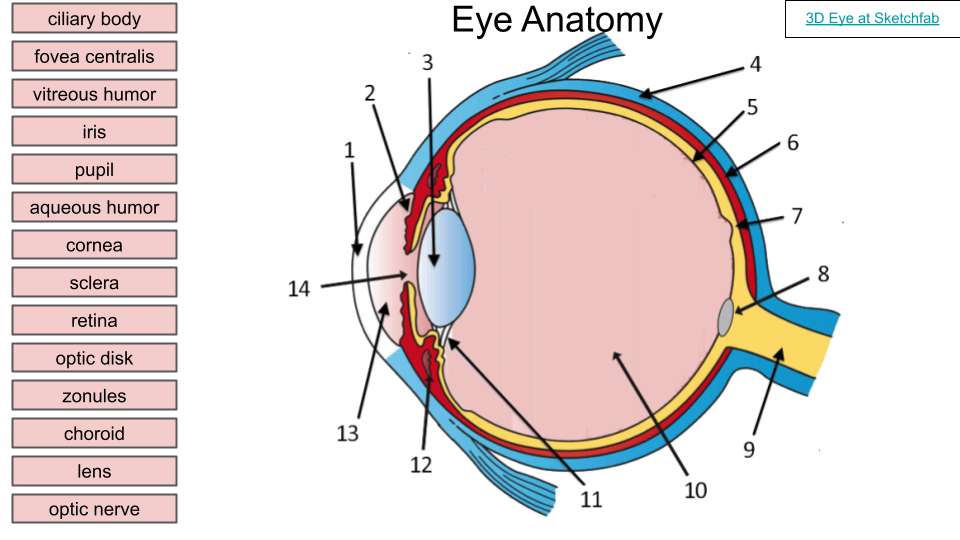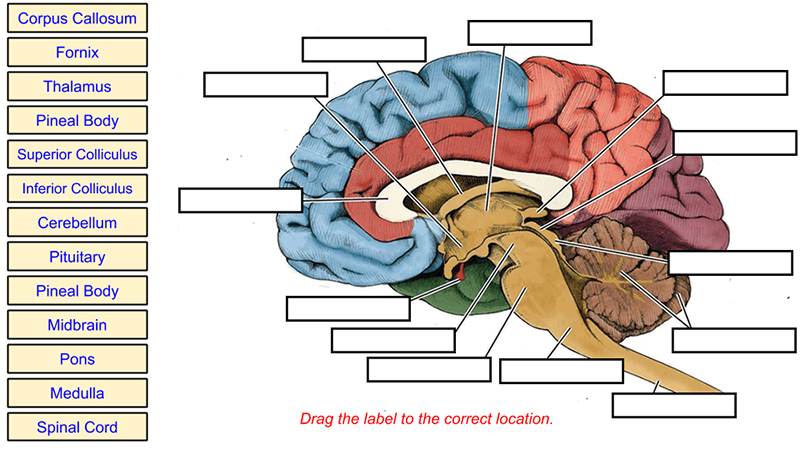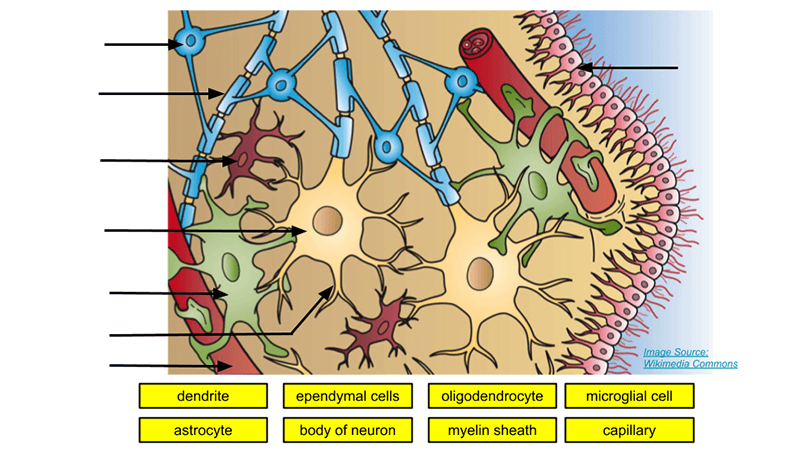Category: Anatomy
-

Frog Dissection – Virtual for Remote Learners
Students usually end the comparative anatomy unit with a dissection of a frog specimen. Though some schools have decided to opt out of this project, it remains one of the most remembered activities of the school year. I can understand why this project may seem like a relic, but it is still in our curriculum.…
-

Case Study – Celiac Disease and Digestion
Case study explores the role of villi in the digestive system as student learn how gluten triggers the immune system in people with celiac disease.
-
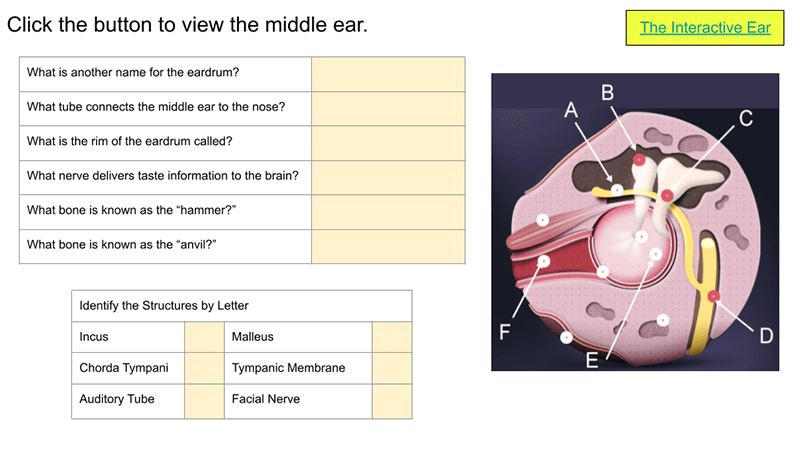
Learn the Anatomy of the Ear
In this activity, students learn about the ear by exploring google slides and going to an interactive site that explores how the ear works. Students use a simulation called “The Interactive Ear” which guides them though the outer, middle, and inner ear while explaining what each structure does. Students click through the virtual ear to…
-
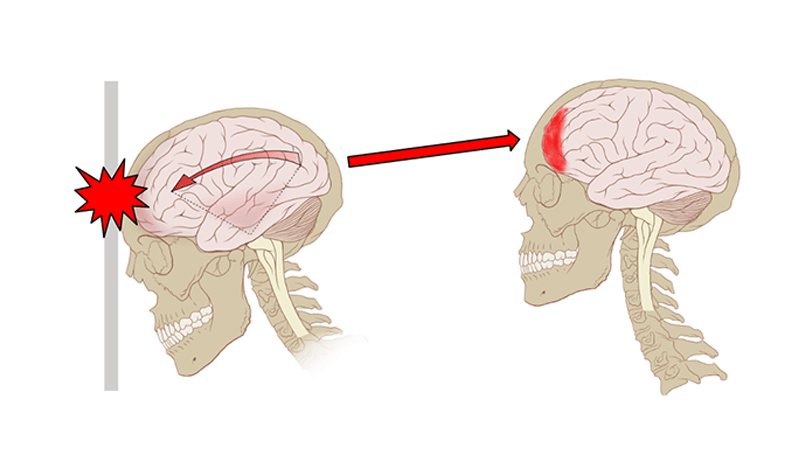
Investigation: Concussions
This investigation is completed by watching videos and analyzing data on concussions. Students first watch a Ted-Ed video on what happens when you have a concussion. The digital handout contains questions from the video. Students then visit neuroanatomy.ca where they view coronal brain slices. Then they label an image and compare a normal brain versus…
-
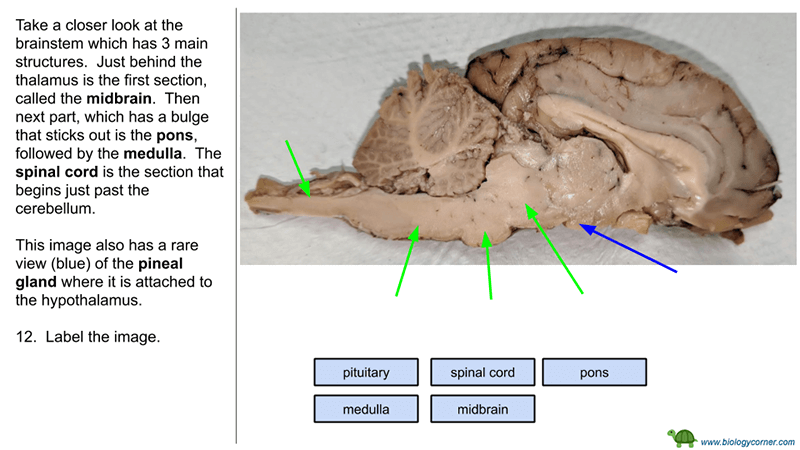
Brain Dissection – Virtual Version
Don’t have time or the resources to do a dissection in the classroom? Try this virtual version to supplement your lessons on the brain! In a traditional anatomy class, students dissect a sheep brain using the Sheep Brain Dissection Guide which walks them through identifying first external features of the brain and then internal features.…
-
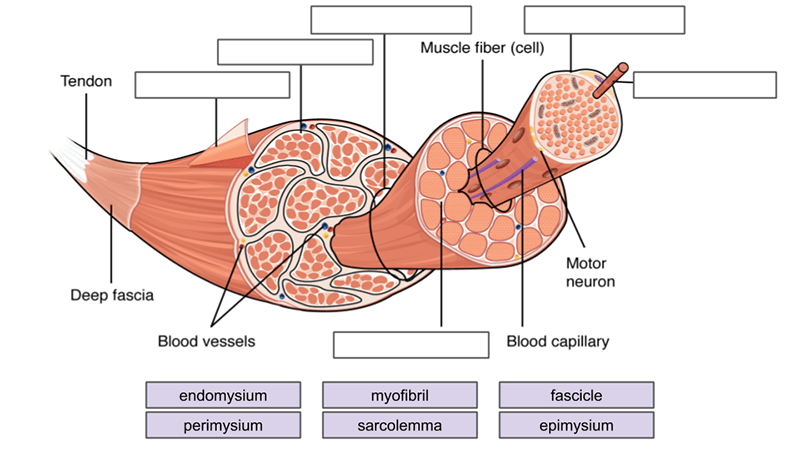
Muscles Labeling
This activity is aligned to my anatomy and physiology curriculum where students study the structure and function of muscle tissues. This has been a challenging topic to cover remotely because I can’t use traditional models. Typically, I would use straws and rubber bands to model fascicles and myofibrils. This activity is part of a unit…
-
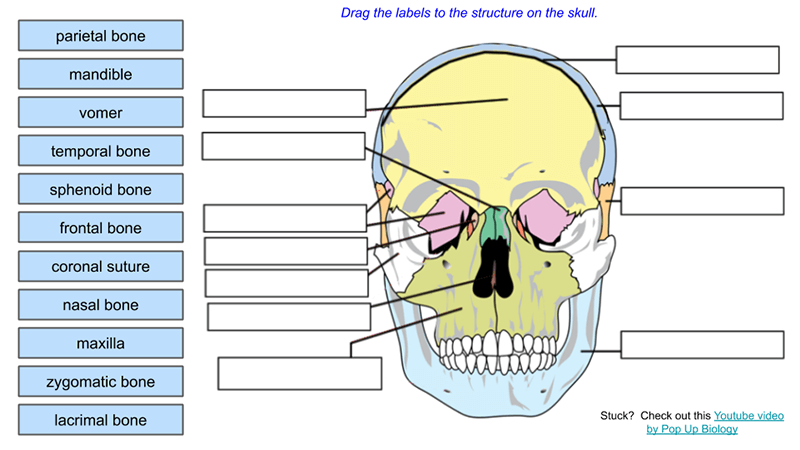
Skull Label (remote)
This activity was designed for anatomy and physiology with students working remotely during the 2020 pandemic. Students are given a short overview of the skull during virtual class and then encouraged to watch the Pop Up Biology video which explains the features of the skull (foramen, condyles, process…etc.) The activity is made on google slides…
-
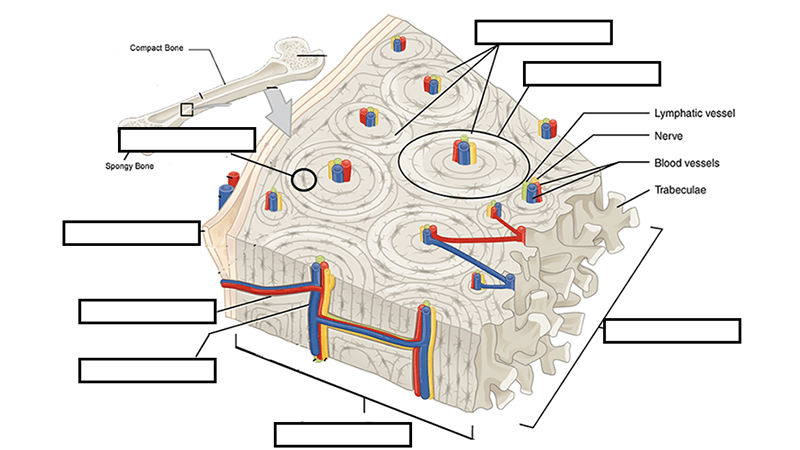
Bone Tissue (Guided)
Students learn about bone tissue by progressing through slides with images and explanations. Students perform tasks, such as labeling or answering questions.
-
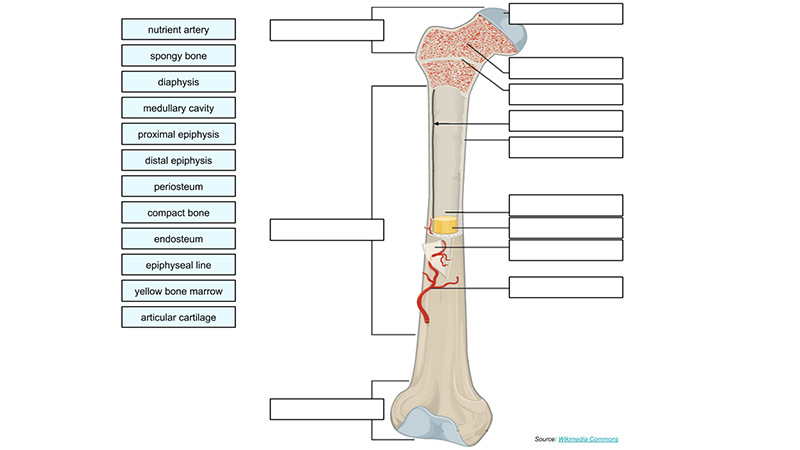
Label a Long Bone – Google Slides
Anatomy students in traditional classes practice labeling the bone on paper or even doing a coloring activity to help them learn the parts of the bone. Students complete this activity on their Chromebooks, reducing the need for paper. This labeling is simply a drag and drop exercise that students can complete directly in Google Slides.…


